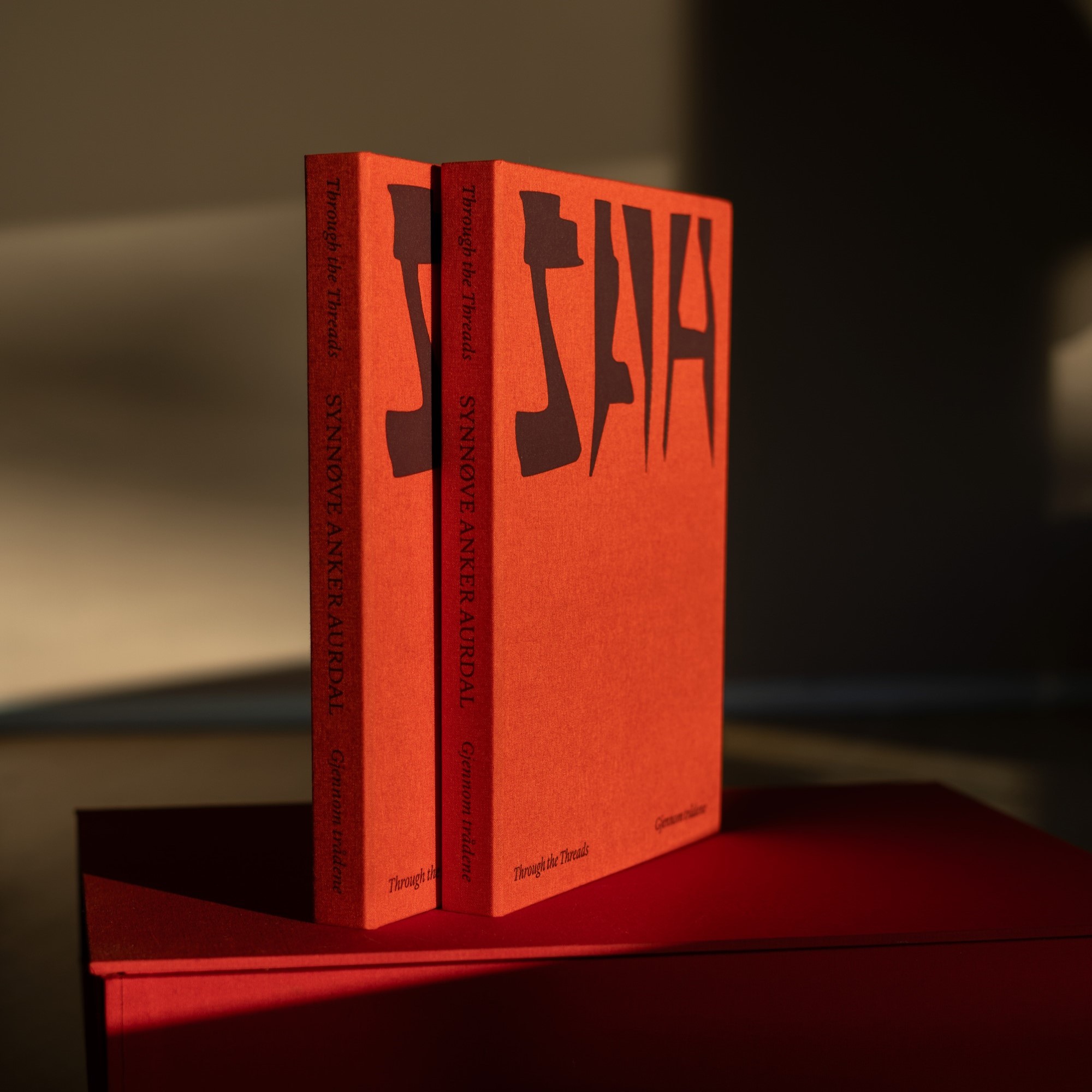Synnøve Anker Aurdal
21. May. 2022 – 04. Sep. 2022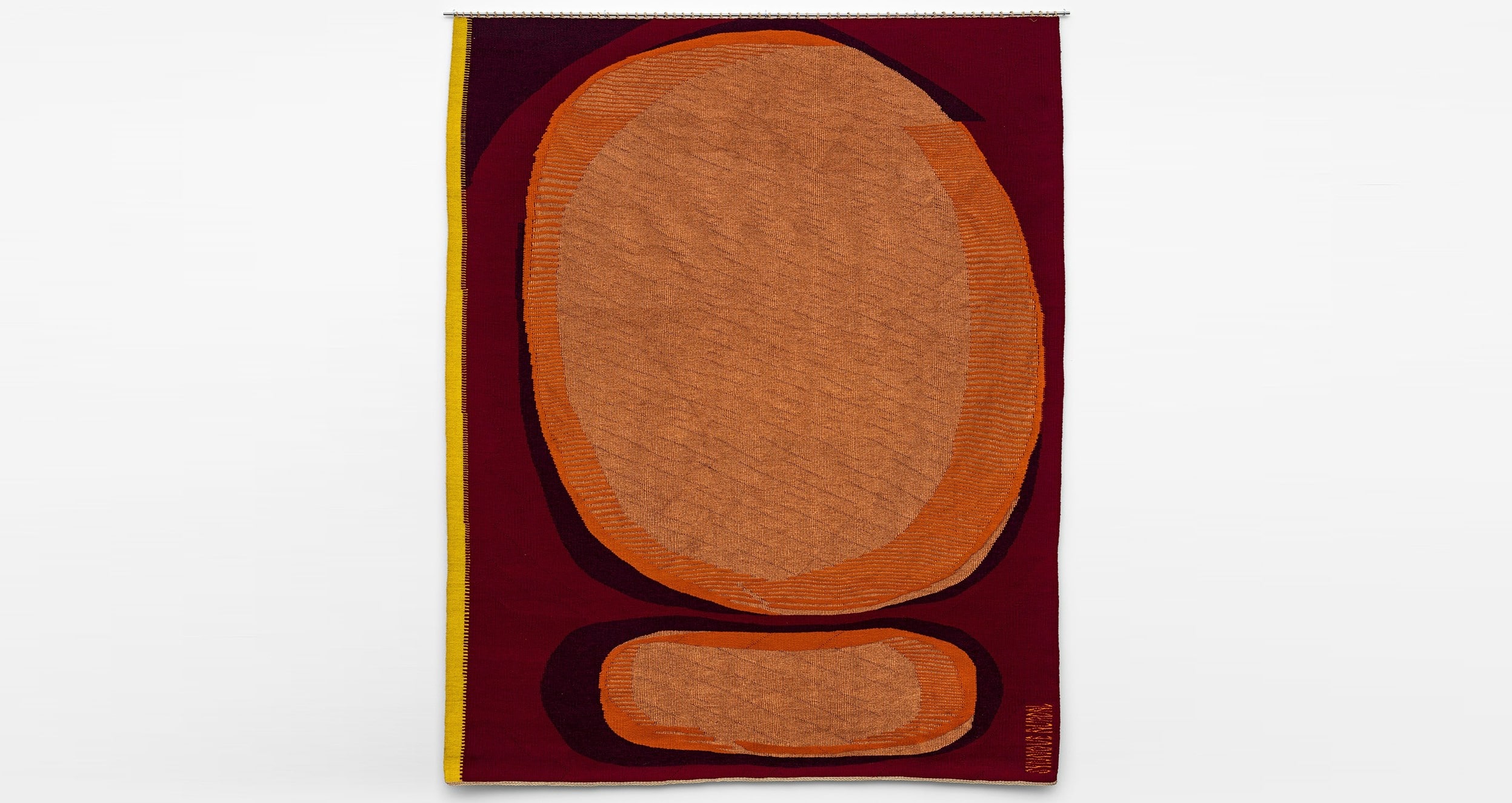
The summer exhibition of 2022 was devoted to Synnøve Anker Aurdal (1908–2000), one of Norway’s foremost textile artists.
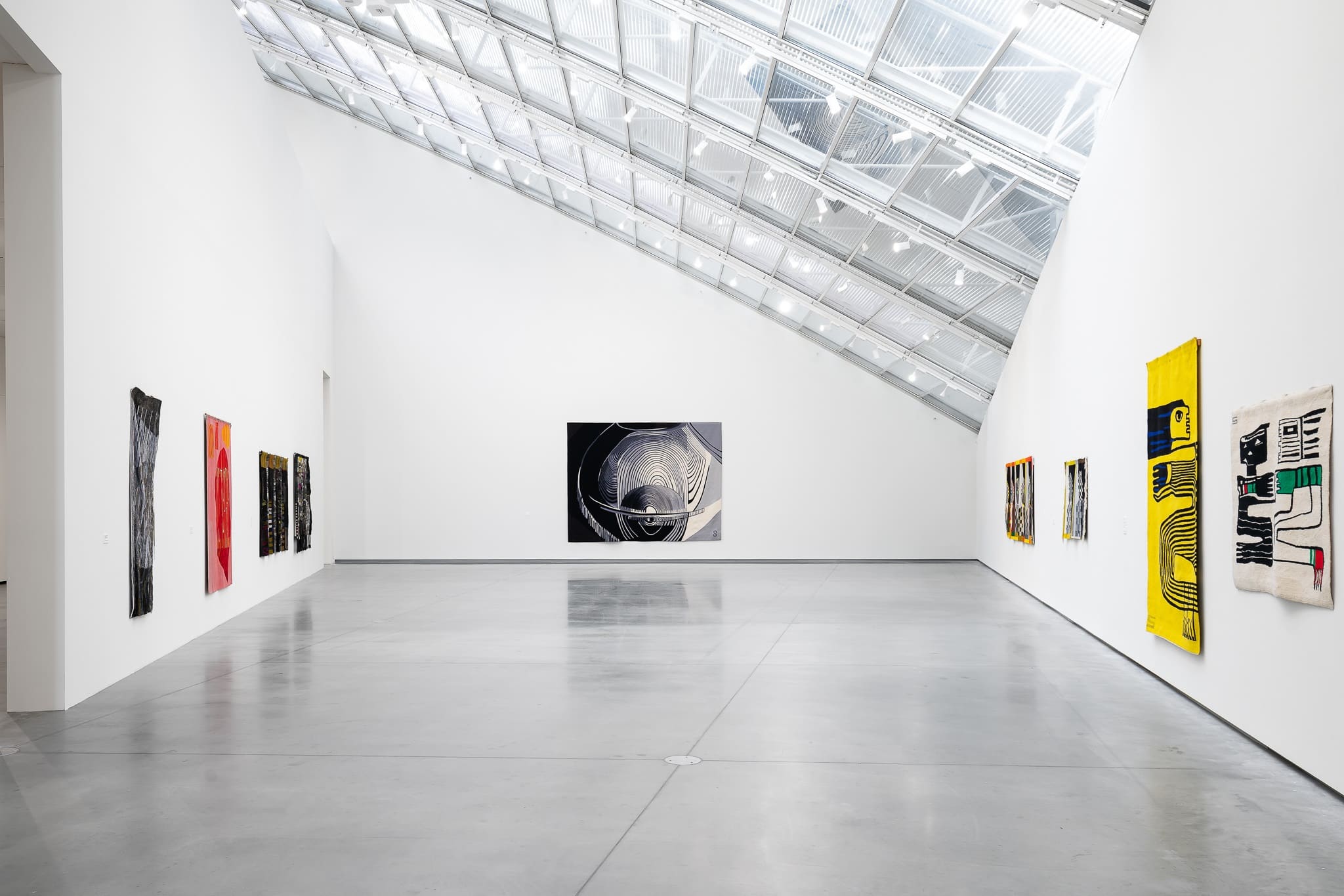
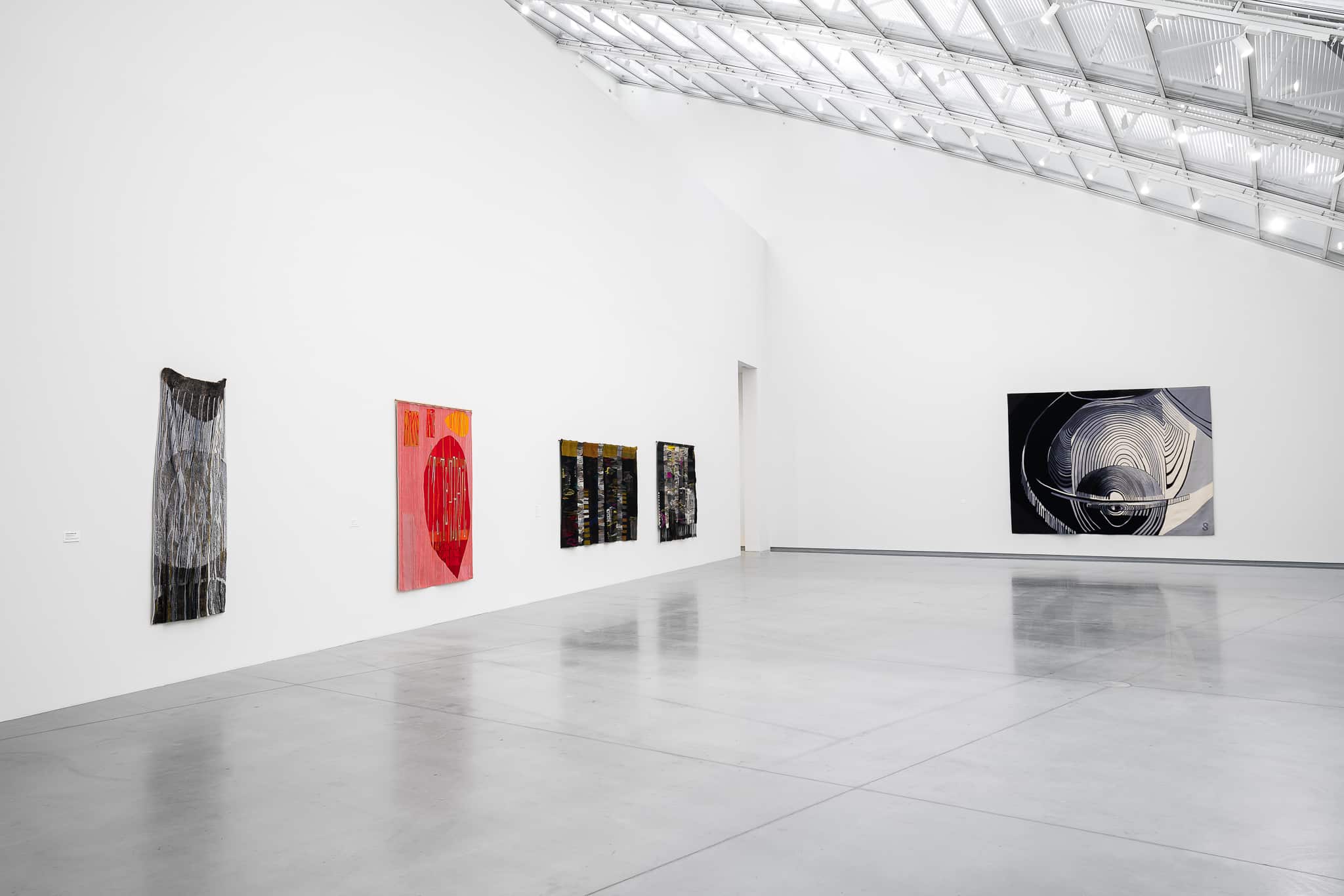
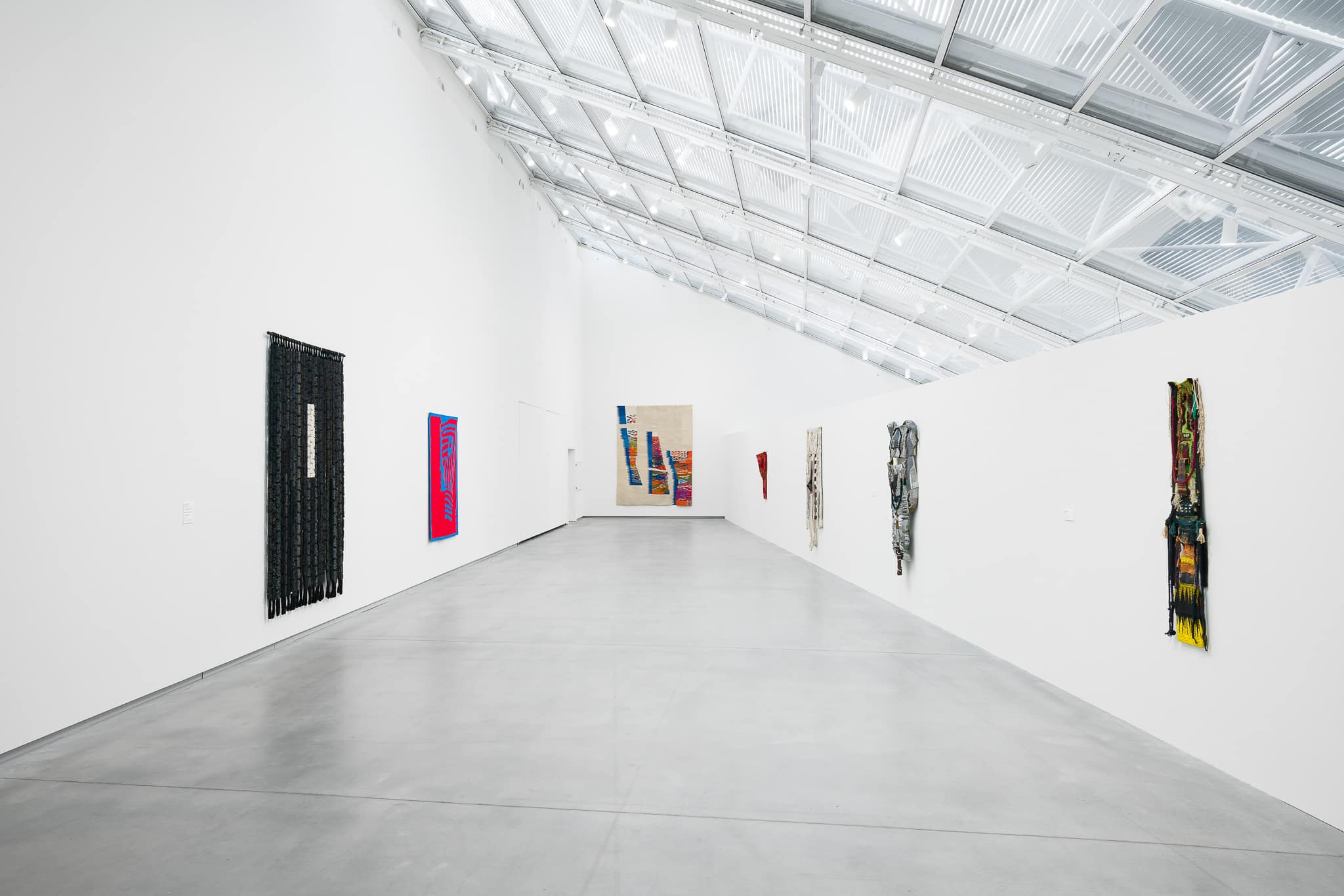
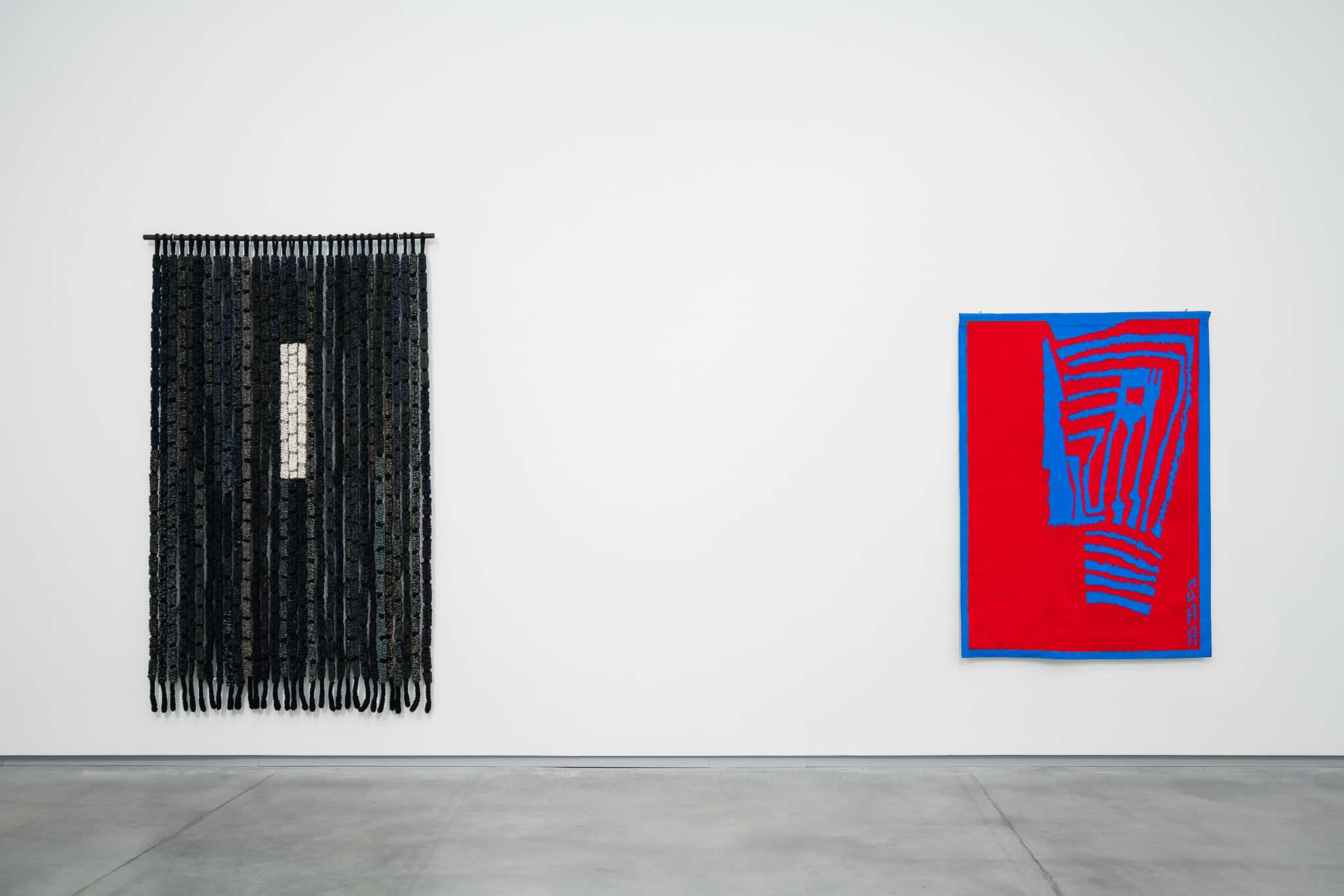
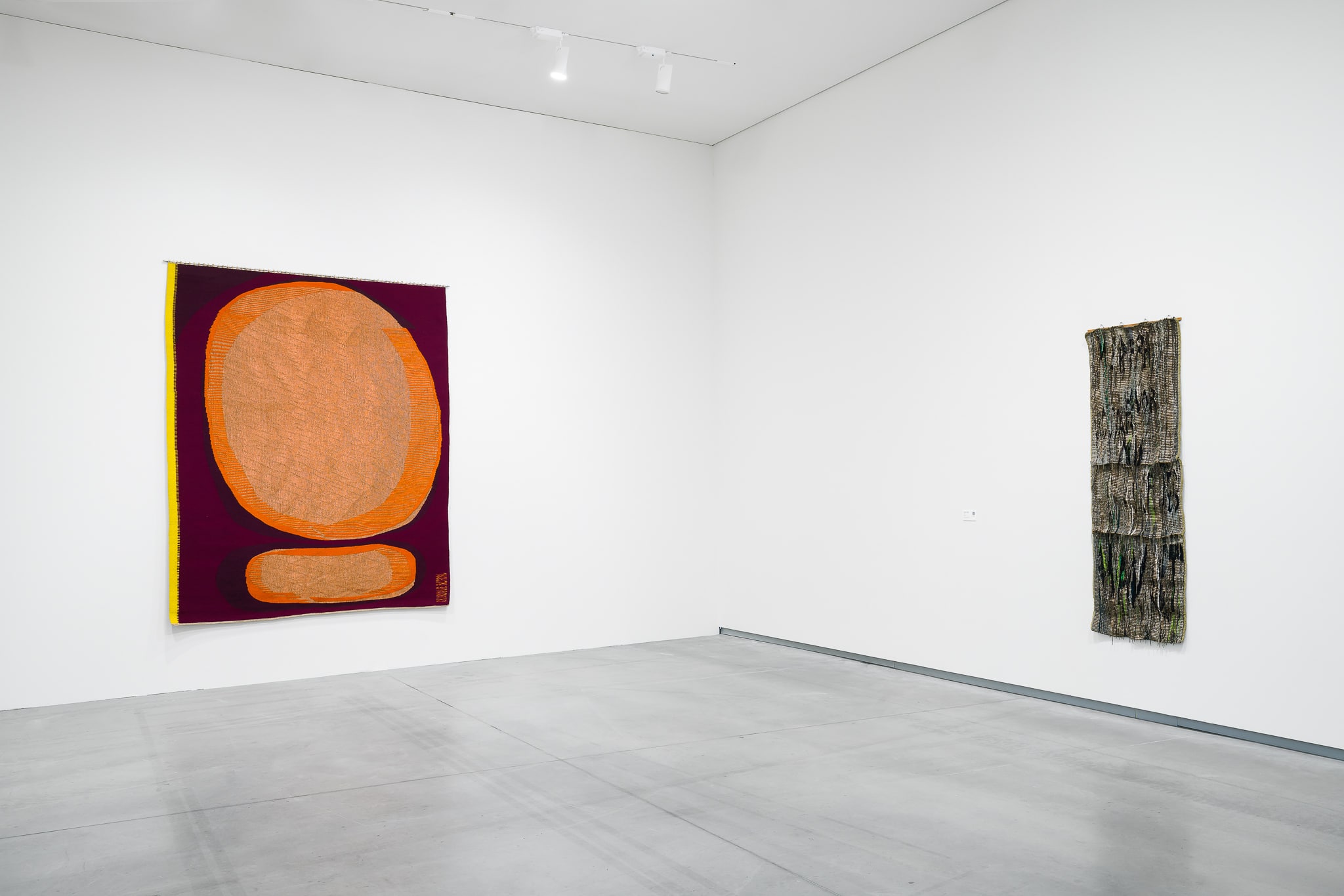
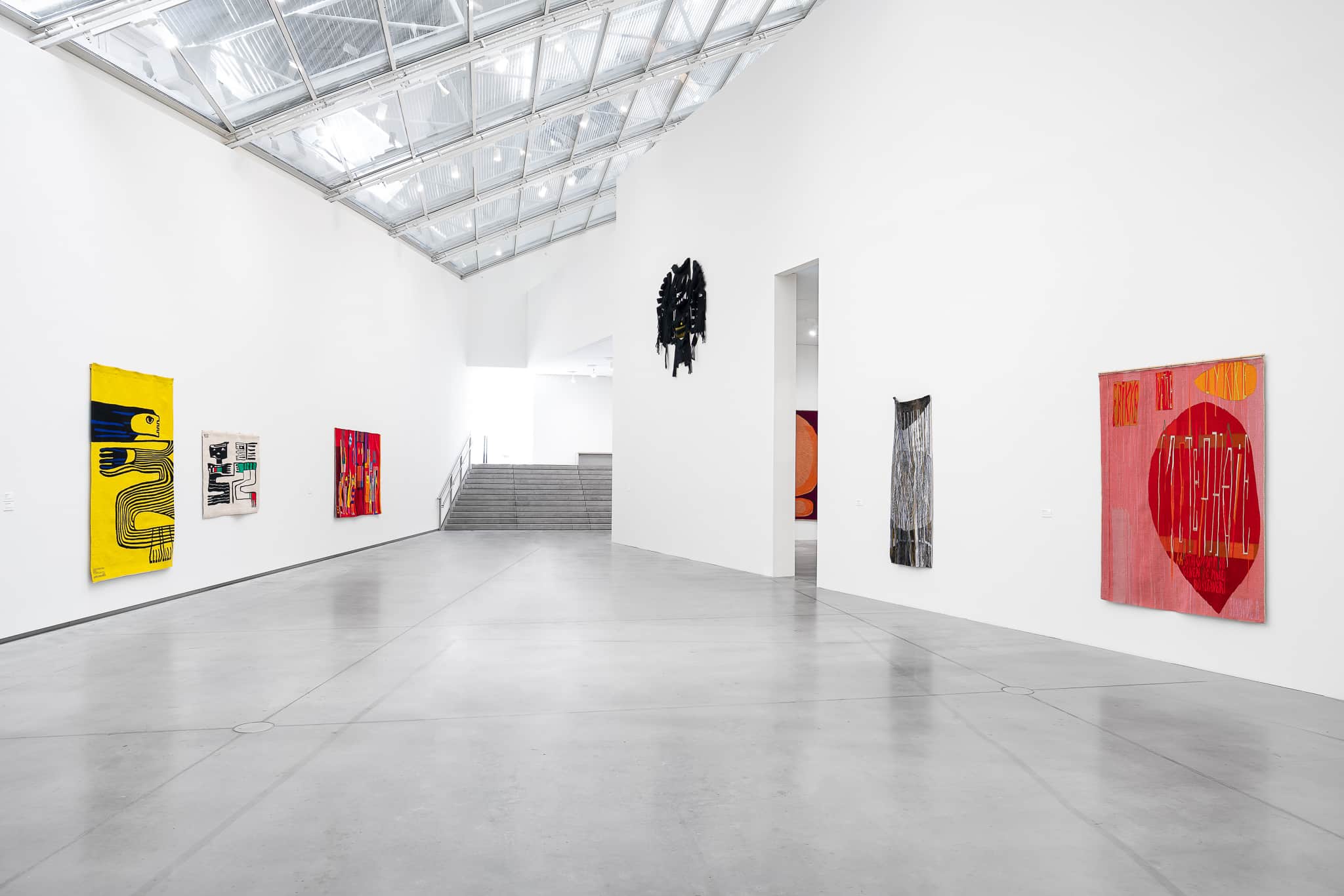
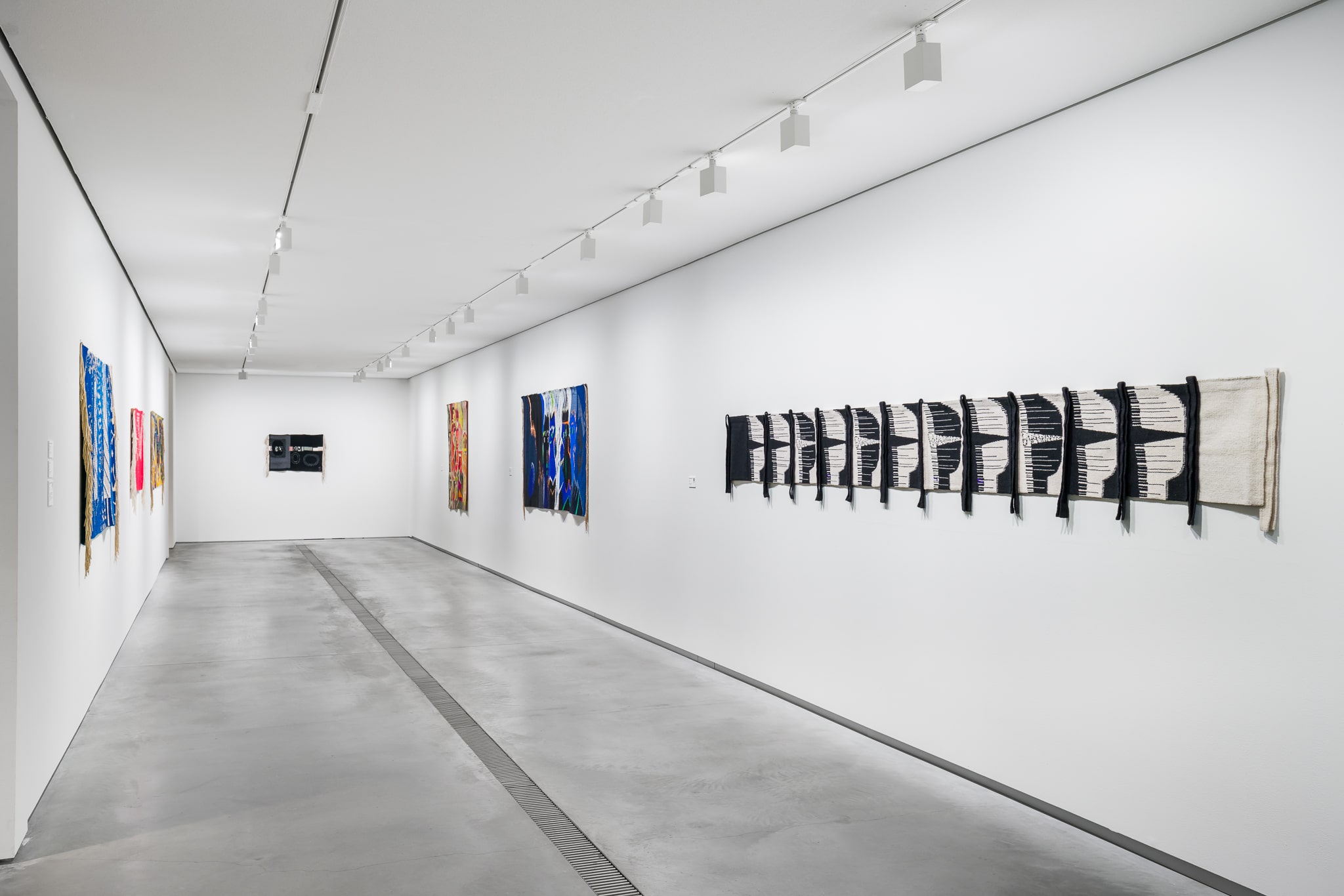
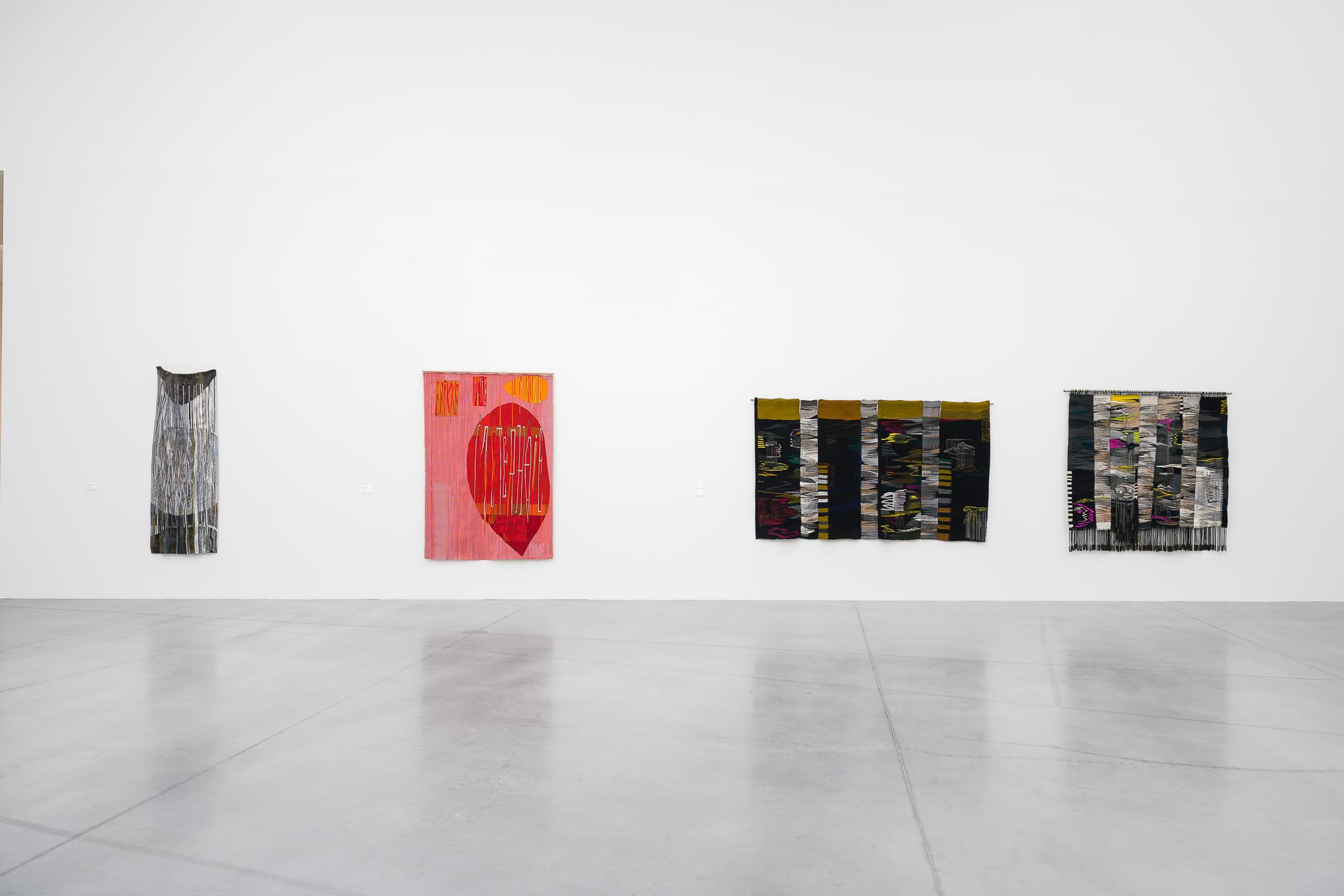
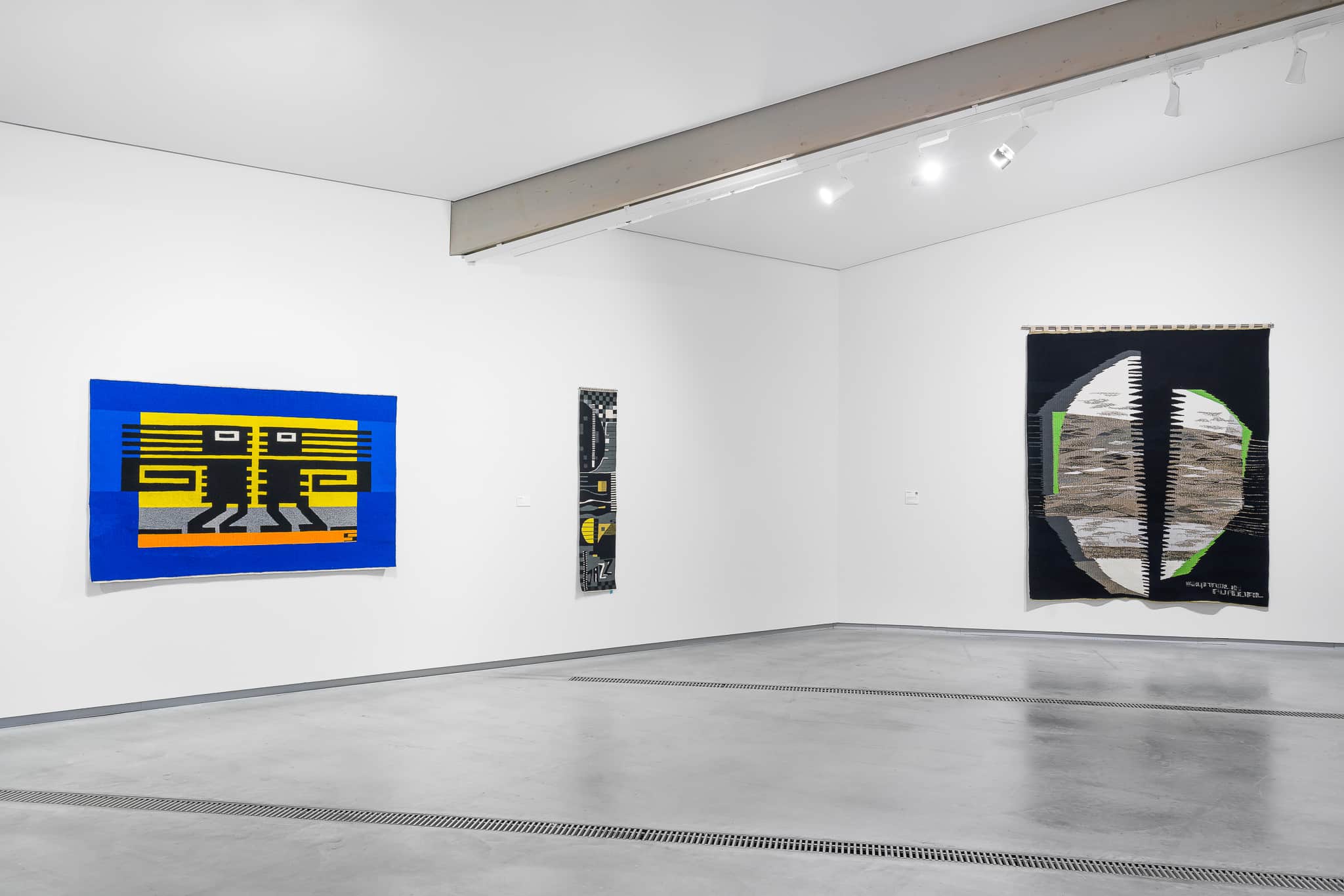
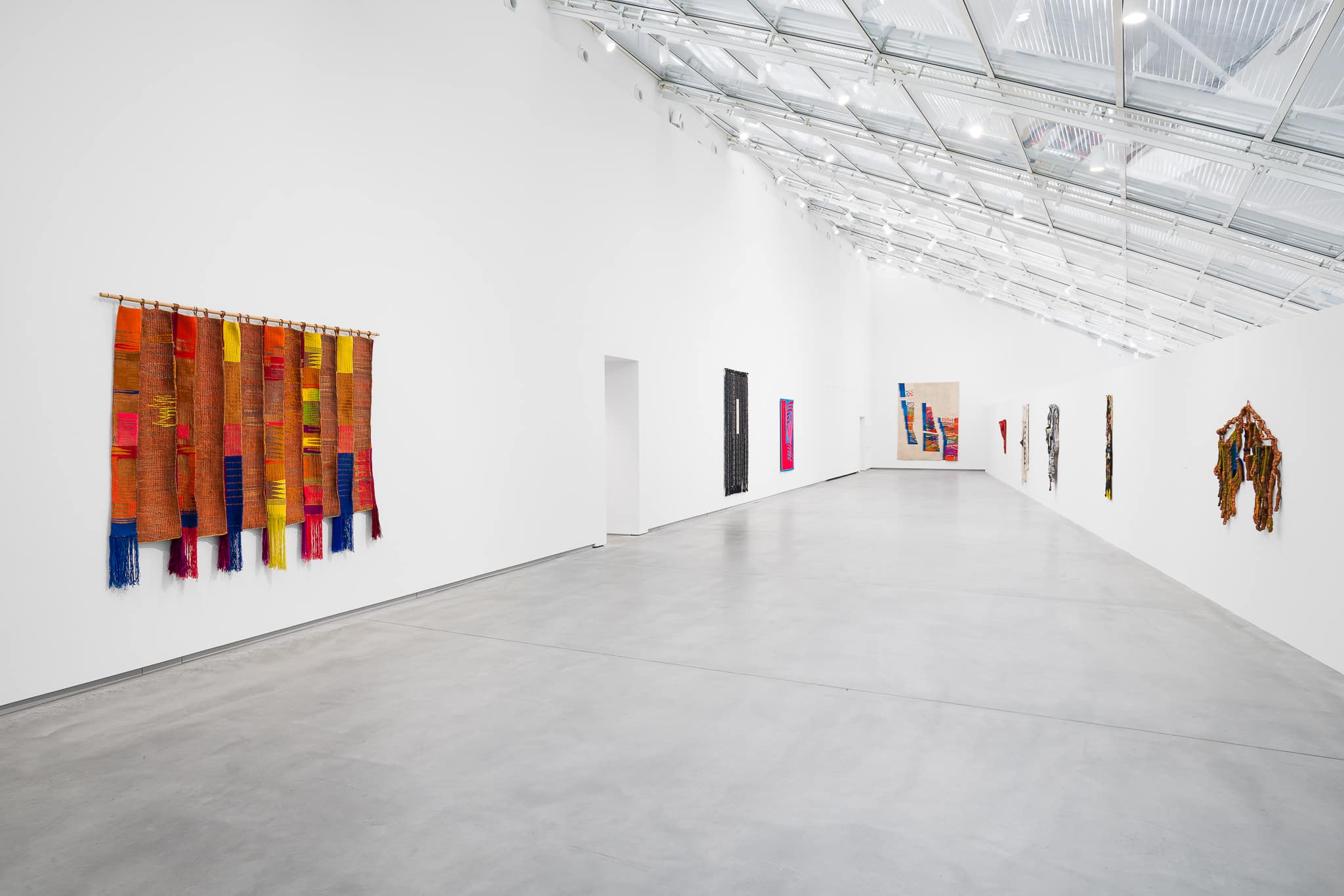
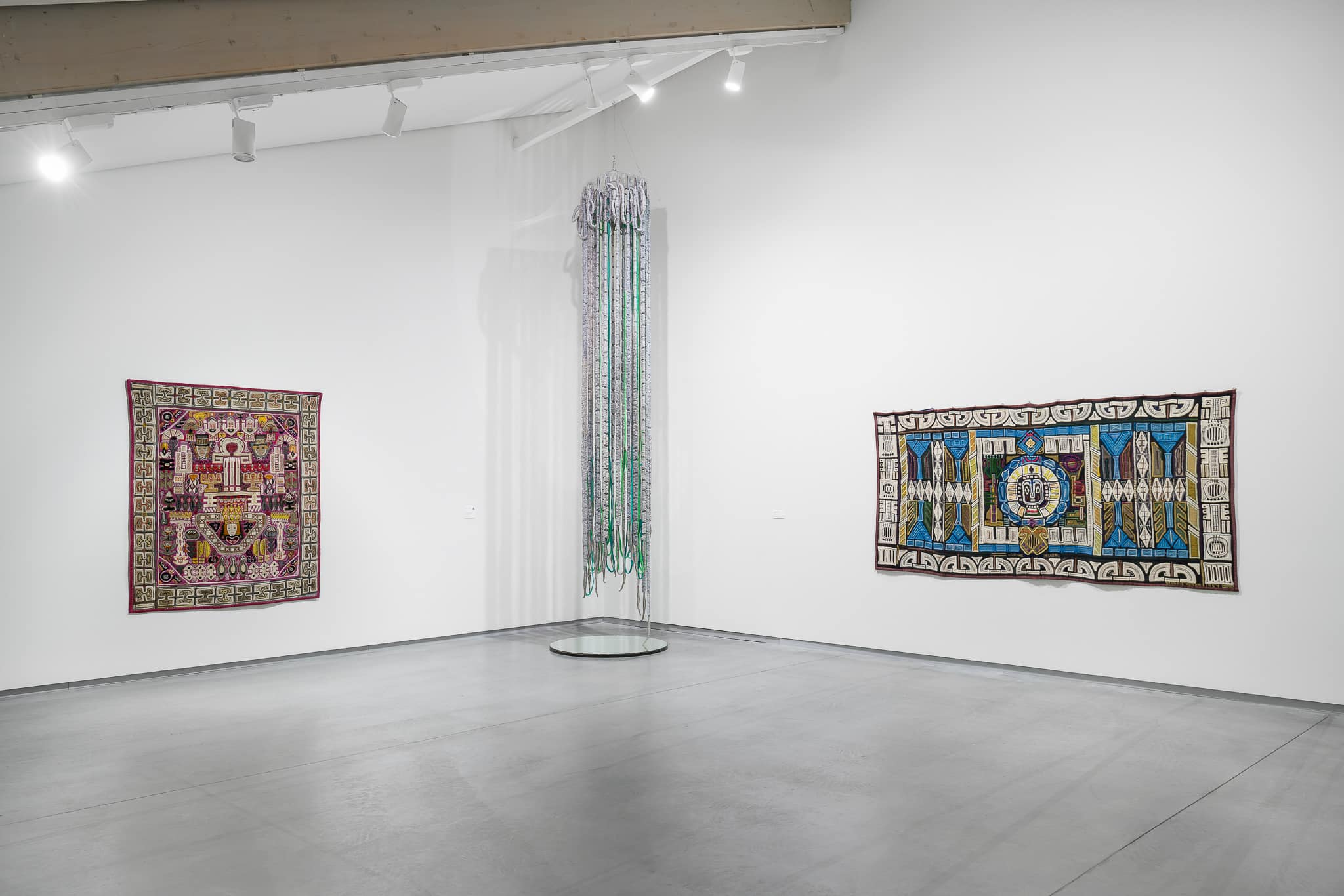
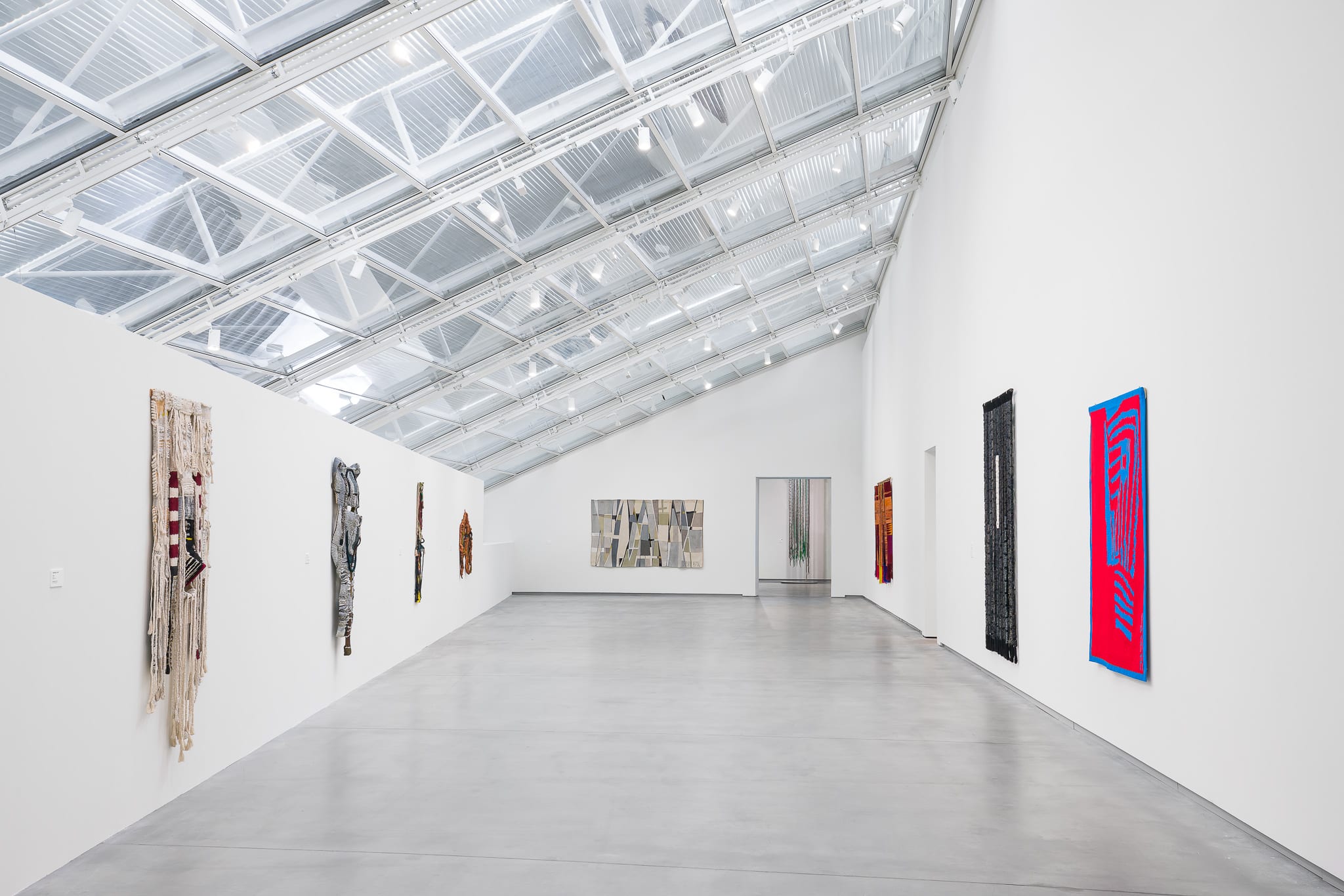
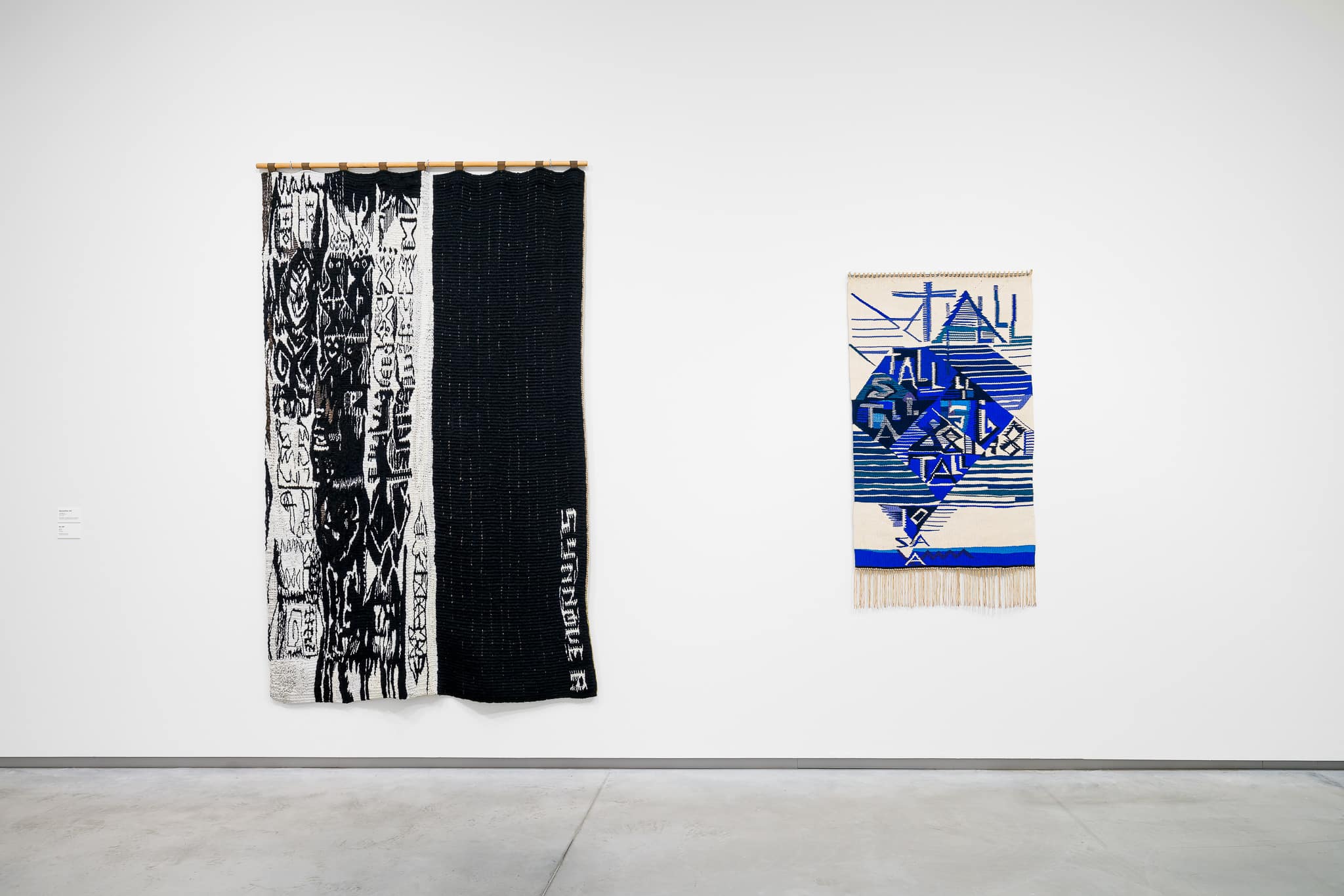













The presentation featured works from the Astrup Fearnley Collection alongside key pieces loaned from other collections in Norway, a number of which had rarely or never before been shown in public. Together, these works illustrated the full breadth of Anker Aurdal’s production from the early 1940s to the late 1990s and provide a unique insight into an important and pioneering oeuvre that was widely acclaimed in its time and remains powerful and relevant today.
With her deep knowledge of both Norwegian weaving traditions and contemporary art discourse, Anker Aurdal was a leading figure in the field of textile art. After initially working with traditional craft techniques, she ventured into the realm of fine art, where she found widespread recognition and contributed significantly to the understanding of textiles as an artistic medium. Over time, her works became steadily less figurative, establishing her at the forefront of modernism when it finally took root in Norway in the 1950s. Boldly breaking with traditions, she combined older craft techniques with the idioms of modern art to discover new ways to reflect on the world around her.
“Tradition is not just something old, but also something new that is constantly being created. A tradition has to be broken in order to be renewed in step with the pulse, the possibilities and the ideas of the age.” (From: Hjørdis Danbolt, Dikt selv. Synnøve Anker Aurdal, Grøndahl Dreyer 1991)
Anker Aurdal explored many of the same avenues as her contemporaries, steadily embracing new elements of abstraction and experimentation. Colored thread became a natural tool for expressing her ideas—similar to the brush for a painter—and she saw no reason why weaving should be a less suitable means of expression than painting. Thanks to her insistence on the possibilities of textile art, radical at the time, she was instrumental in winning respect for the medium in Norway.
In addition to tapestries in traditional rectangular formats, Anker Aurdal also created spatial, sculptural works. Unconventional materials such as threads of copper, polyester, glass fiber, nylon, and metal chains produce surprising textures and surfaces. Contrasting matte wool and glossy metal imbue her works with a distinctive shimmer. She seems to make materiality a theme in its own right, using an approach of constant experimentation that pushes at the boundaries of what a tapestry could be and do. While her work exhibits a distinct emphasis on form, Anker Aurdal was also strongly conscious of social issues. By integrating certain motifs and textual references, she addressed themes that were at the time topical, directing political jibes, often with an element of satirical humor.
Synnøve Anker Aurdal (1908–2000) received her introduction to tapestry weaving at a course held by the sisters Karen and Ragnhild Prestgard in Lillehammer. She continued her training at Statens Kvindelige Industriskole (the State Women’s Industrial School) in Oslo in the years 1932–34. In 1941, she had her exhibition debut at the prestigious Kunstnerforbundet. In the years that followed, she completed a number of commissions for public artworks, including Høyseteteppet (1958–61) in Håkonshallen in Bergen (with Ludvig Eikaas and Sigrun Berg) and Norway’s official gift to Iceland on the occasion of the latter’s 1,100th jubilee in 1974. In 1982, she represented Norway at the Venice Biennale.
Curated by Solveig Øvstebø
On December 4, 2024, we launched the new monograph Synnøve Anker Aurdal – Through the Threads. The book compiles newly commissioned texts by Lars Bang Larsen, Marit Paasche, Jenni Sorkin, Leire Vergara, and an interview by Solveig Øvstebø with Siri Aurdal, Anker Aurdal’s daughter. Included as a book-within-the-book is Poems to Synnøve Anker Aurdal, a collection of newly commissioned poems originally published for the exhibition at Astrup Fearnley Museet. Anker Aurdal frequently found inspiration for her work in poetry. Words and phrases would sometimes trigger creative processes, either by taking the atmosphere of a poem as her point of departure, rendering it as poetry of her own in threads and colors, or by weaving sentences directly into the work itself. To highlight this aspect of her practice, the museum invited eight notable Norwegian contemporary poets to write new poems. The book is richly illustrated with images from the exhibition and archive photos of Synnøve Anker Aurdal. All texts are in English and Norwegian. Through the Threads is a printed sequel to the exhibition curated by Solveig Øvstebø.
